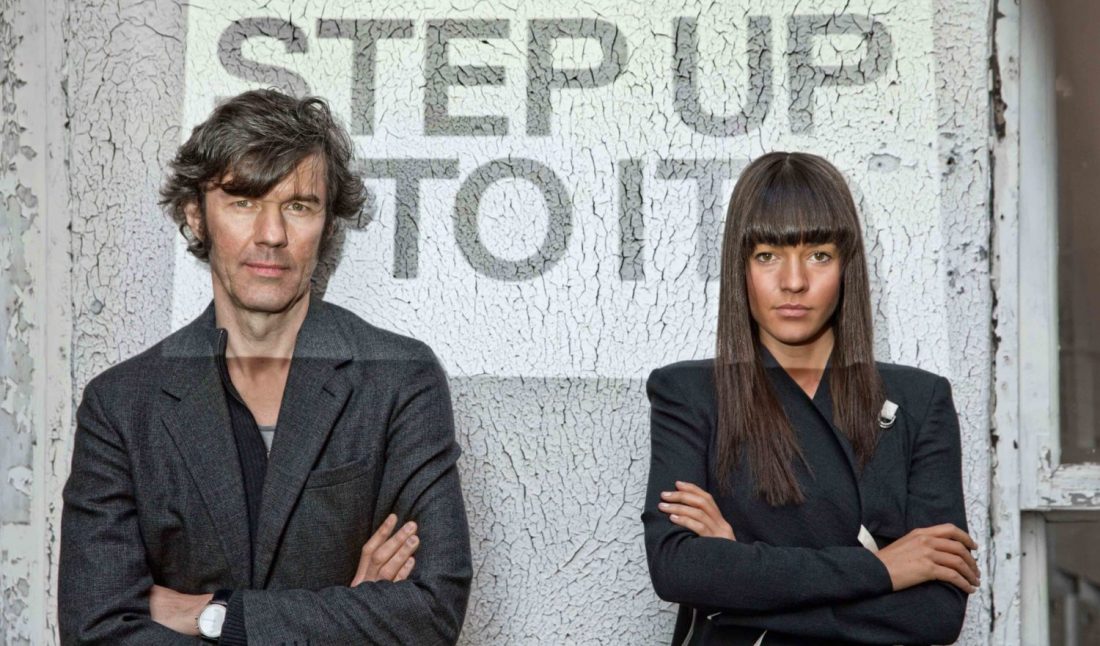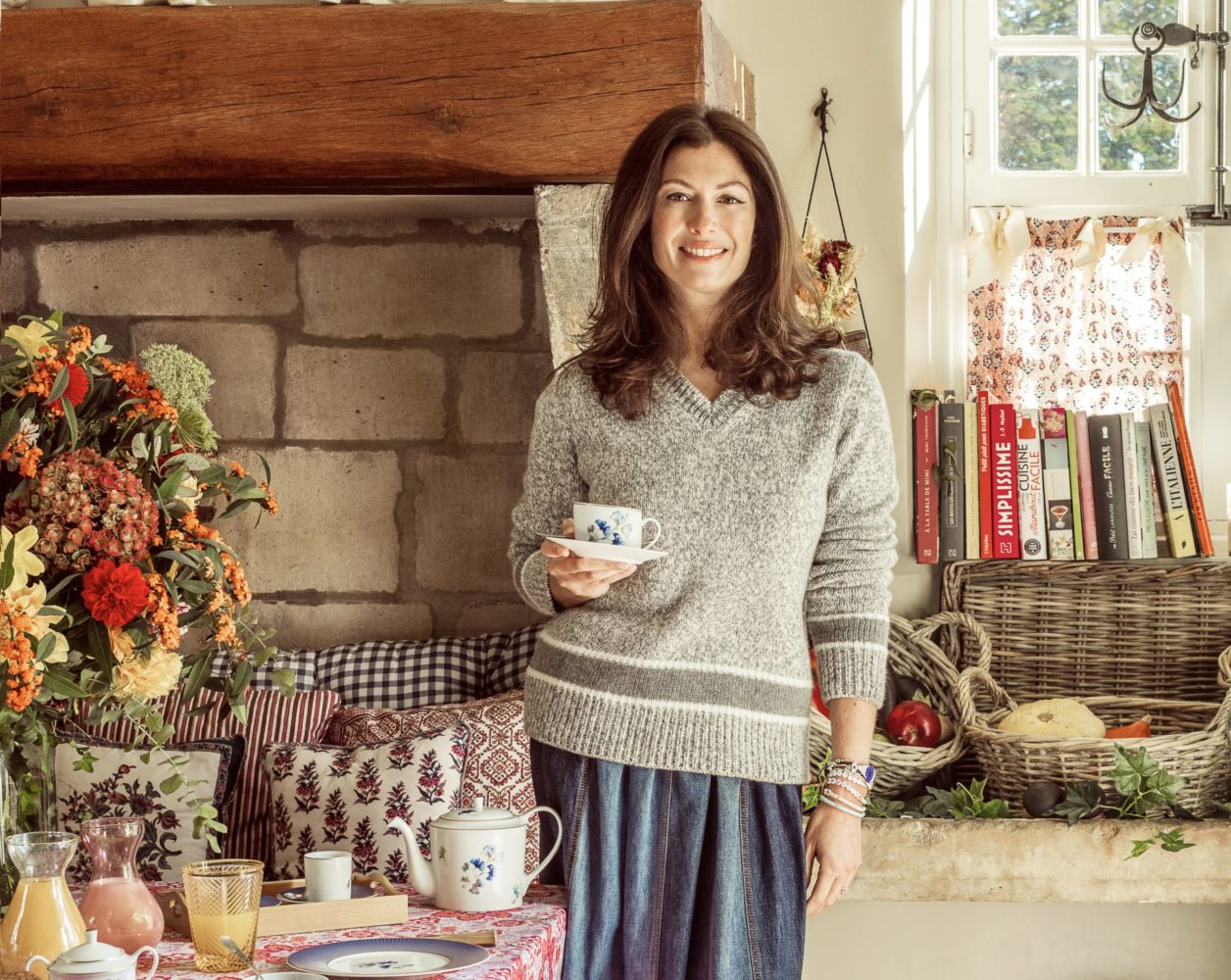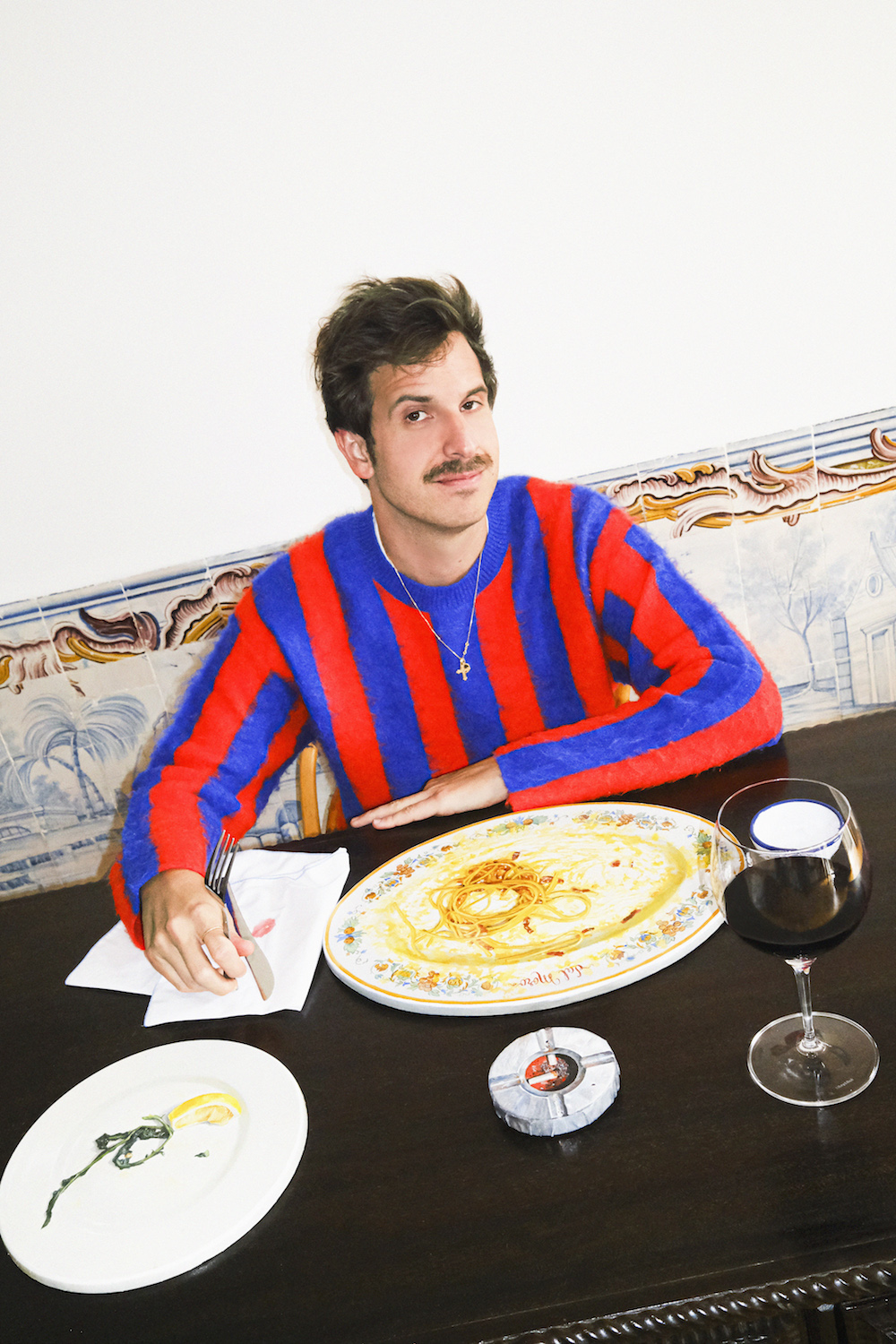While the world of design has, in recent history, regarded beauty as frivolous and unnecessary, the design duo Stefan Sagmeister and Jessica Walsh stand by the idea that beauty equals function. Collectively known as Sagmeister & Walsh, the pair have published a book and conceived a series of exhibitions on the topic—like “The Beauty Show” and, most recently, “Beauty” at the Fondation Martell.
Open at the foundation in Cognac, France, through January 2, 2022, “Beauty” engulfs two floors with installations featuring multisensory engagement and more than 70 object groupings offering an in-depth exploration of the importance of beauty in design. Through themes including “The Experience of Beauty” and “The Subjectivity of Beauty,” viewers are given a look at how beauty affects elements of design from psychological, historical, scientific, and philosophical viewpoints, down to the most basic ideals of beauty as a key element in human evolution.
To learn more about “Beauty” and the collective’s ideas surrounding the topic, Whitewall spoke to Sagmeister.
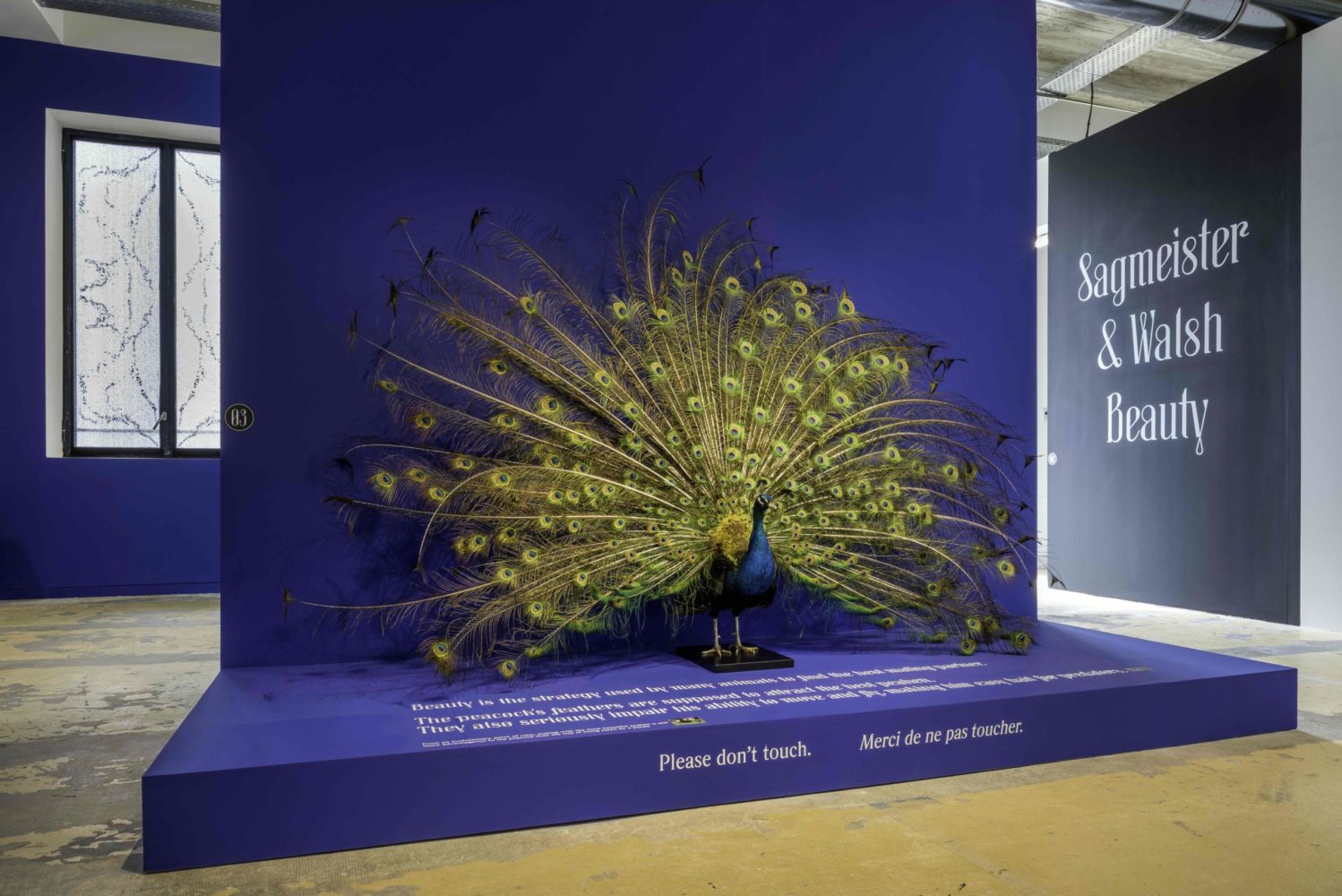 Installation view of “Sagmeister & Walsh: Beauty,” at Fondation D’Entreprise Martell, photo by © Jean-François Tremege.
Installation view of “Sagmeister & Walsh: Beauty,” at Fondation D’Entreprise Martell, photo by © Jean-François Tremege.
WHITEWALL: With beauty as a topic greatly explored in your practice, what led you to conceive this exhibition, “Beauty”?
STEFAN SAGMEISTER: I felt that it was a subject I have something to say about. With Jessica we have been in that world for a long time. So we could say we are experts in this design field. We have noticed that still in 2021, the subject of beauty is seen by many fellow designers, many colleagues, as purely commercial. The more research we did, the more we noticed how misplaced these negative connotations were.
From a studio level, we came to beauty through function. We discovered that whenever we did something where we took form seriously, our work functioned much better. Over time and through experience, our studio projects proved that idea.
WW: Tell us what we should expect when visiting the show—what kind of sensory, interactive elements are included? How does the show explore individual ideas like the history of, the subjectivity of, and the experience of beauty?
SS: We tried to make an exhibition that says something to a general audience. Jessica and I purposefully designed the show for the general public, with an attempt to have an impact that goes beyond the design field.
There are various thematic areas but they are not labeled as such because all of them work together and there is a flow between them, but there is one area that talks more about the history of beauty.
Beauty is a combination of shape, form, color, and composition that pleases our aesthetic senses, especially sight. The exhibition aims to highlight these facets of beauty with interactive installations like the tactile installation “Beauty of Touch,” where you can heighten your sense of touch and experience “feeling.”
There are acoustic installations. There is an olfactory installation with different scents. A “color room” playing with hues. Multimedia installations, videos, fog screens. You can also take a seat and draw or paint based on beautiful models.
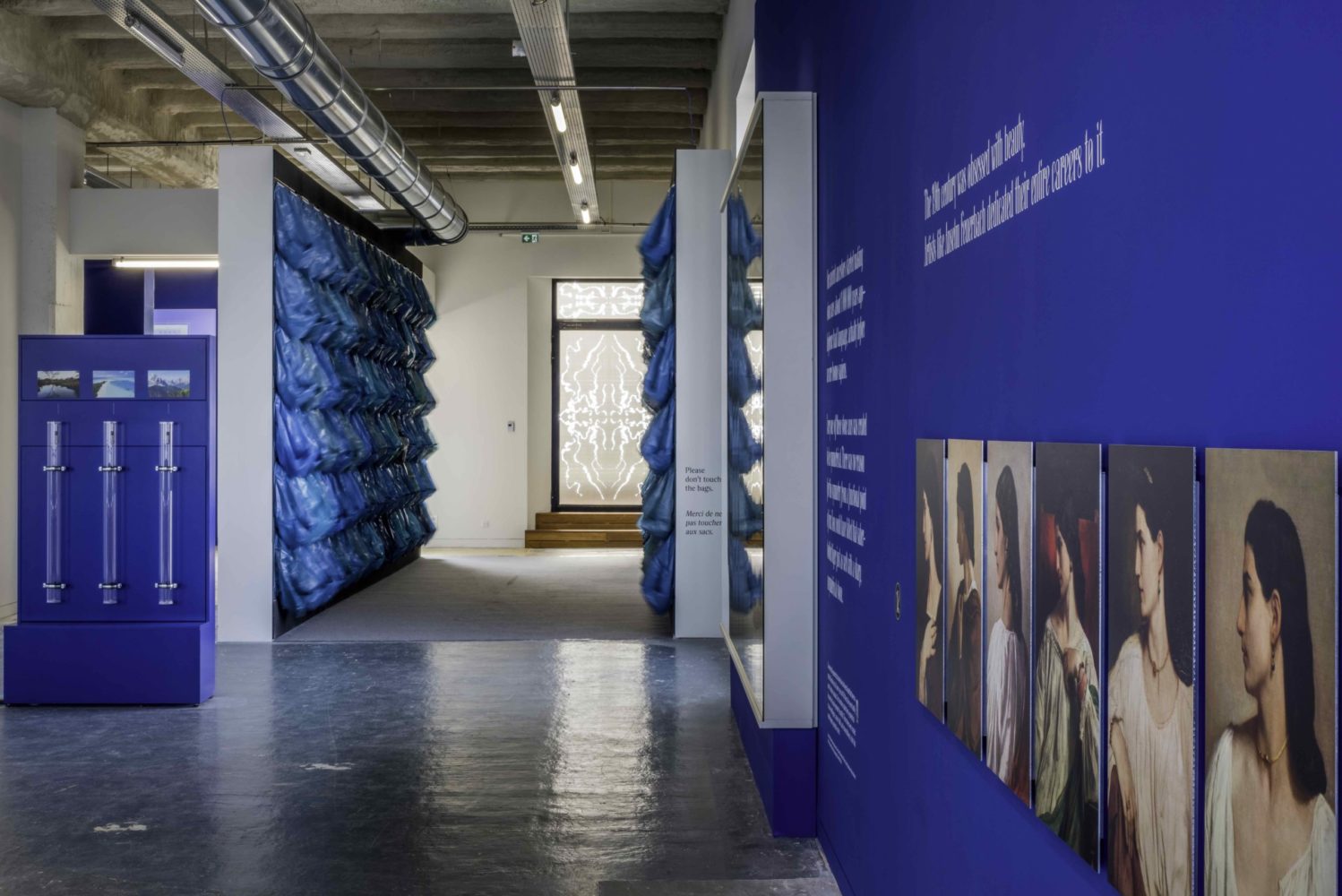 Installation view of “Sagmeister & Walsh: Beauty,” at Fondation D’Entreprise Martell, photo by © Jean-François Tremege.
Installation view of “Sagmeister & Walsh: Beauty,” at Fondation D’Entreprise Martell, photo by © Jean-François Tremege.
WW: What happened in the world of design to give the concept of beauty such a negative gaze?
SS: World War I was incredibly brutal, a war between supposedly civilized nations that slaughtered each other in the most terrifying ways. Many artists returned from this war utterly disillusioned with the values of these civilizations. As beauty had previously been seen as a moral value, it now needed to be banned from the world of art.
Beauty fell out of favor in the design world, and practitioners claimed not to be interested in it. Artists avoided it so as not to have their work labeled as commercial. Design schools proselytized modernist principles which privilege uniformity. The approach to design became purely analytical, the choice of materials purely rational, and the goal exclusively functional.
WW: What steps do you take to overcome this following the ideology “beauty is function”?
SS: Humans connect to the world through emotion. And design without beauty is void of emotion. We cannot resonate with it. We cannot exist happily in it. Without beauty, we fail.
To demonstrate this, we did a lot of research: We used facts based on historical research on the philosophy of beauty; we consulted scientific advisors from the world of empirical aesthetics, and we conducted surveys to establish what people find beautiful.
WW: What defines your idea of beautiful design?
SS: I think that a beautiful design is one that has been designed with love and care; somebody really thought about it and put a lot of themselves, put a lot of love, put a lot of work into creating it. If we care about what we’re making, we will make beautiful things.
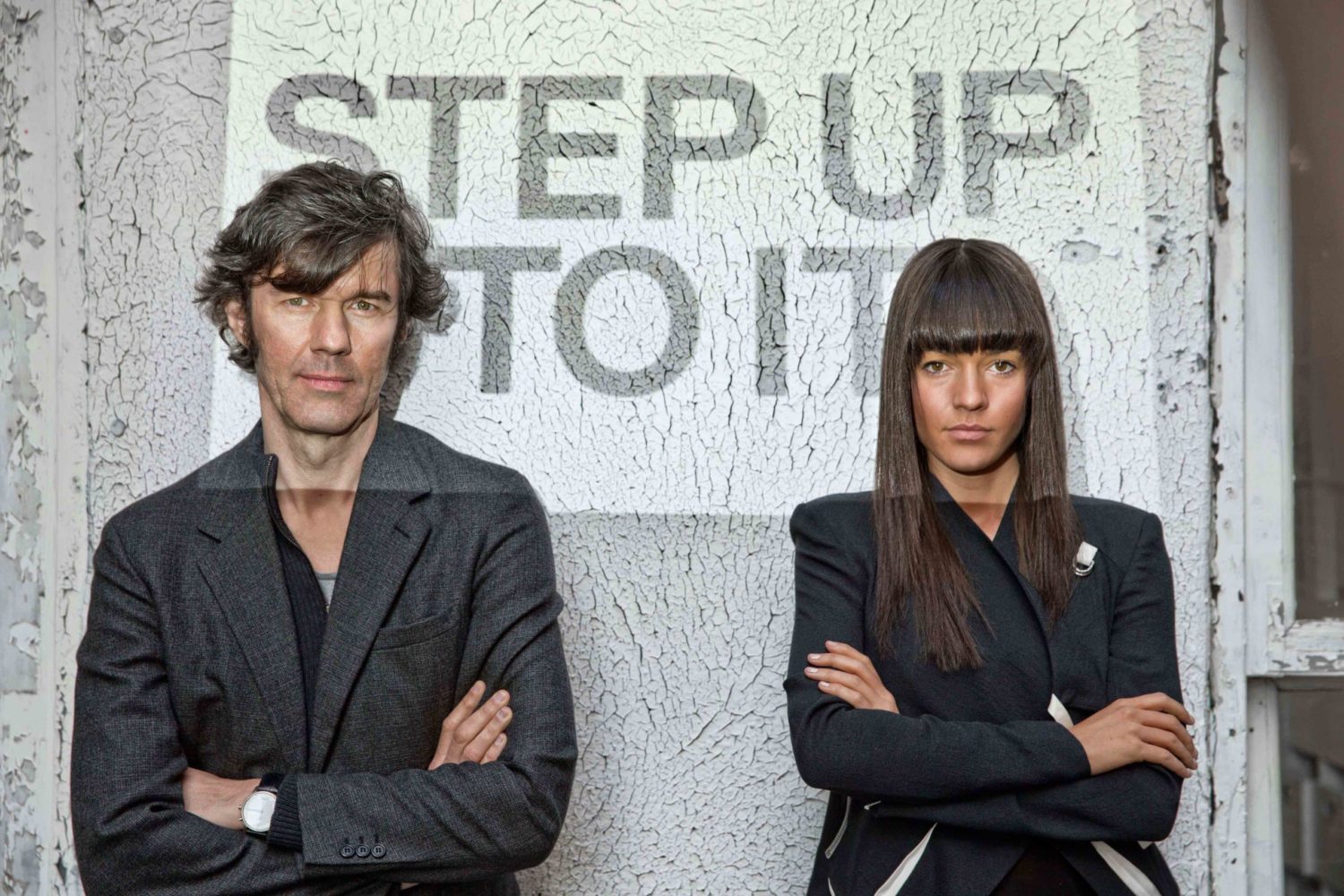 Portrait of Stefan Sagmeister and Jessica Walsh, © John Madere.
Portrait of Stefan Sagmeister and Jessica Walsh, © John Madere.






